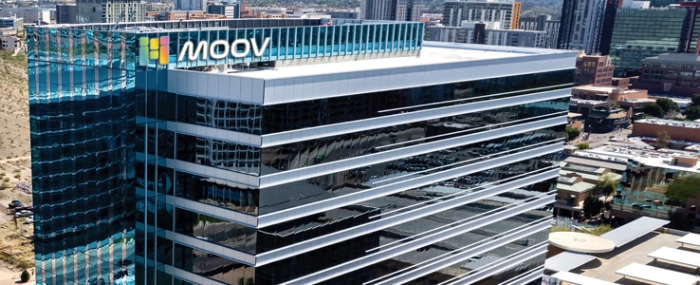
Can pre-owned equipment be the way out of the shortage?
The global semiconductor supply chain remains under immense pressure. However, major investments are being made to increase capacity and fortify the supply chain for the future – but we wont feel the effect of these investments for years. Adding to the issue, there is not enough chips for the chipmaking machines.
It’s easy to be blinded by the shimmer of all these mega investments that are being made around the world. The construction of massive cutting-edge manufacturing fabs using advanced processes. However, one should not forget that there still is a demand for older technology nodes – where retired and idle manufacturing equipment can once again be put into good use.
Steven Zhou, CEO of Moov Technologies, once wrote in a guest article for Evertiq that reuse is the key to driving environmental sustainability in global semiconductor manufacturing. But beyond that, it might also play a role in alleviating some of the tension and stress on the semiconductor supply chain.
What it really comes down to is something many of us learned back in grade school, the three R’s – reduce, reuse, recycle. The strategy might seem simple enough, but there’s a lot of moving parts when setting up a marketplace for pre-owned semiconductor manufacturing equipment – that also instils trust.
As Steven has pointed out before, ten years ago, most manufacturers were reluctant to purchase semiconductor manufacturing equipment second-hand, and would be hard-pressed to find trustworthy and reliable suppliers. Today however, second source equipment purchasing is a more accepted part of semiconductor manufacturing, but the market is still fragmented and only represents about 13% of the value of the primary market. And with industry dynamics like the ongoing importance of 200mm fabs keeping older equipment relevant, the secondary market is set to continue to grow.
In order to further boost the second of the “three R’s” – reuse, Moov has updated its marketplace to serve as a one-stop shop for buying second-hand. What once was lacking – namely security, is now provided. Moov’s platform is now also an ecosystem of aftermarket services including real-time logistics tracking, insurance, purchase guarantee, refurbishment, spare parts and digital inspection.
The young company already has some big names utilising the platform, including Applied Materials, Western Digital, Maxim Integrated, KLA and Microchip.
Moov has partnered with a network of service providers to enable an ecosystem of aftermarket services. For example, global transport and logistics company Kuehne + Nagel International AG, offers Moov customers insurance through its subsidiary The Nacora Group. The insurance covers 100% of the value of all equipment as it moves through the supply chain.
“Unless equipment is already warehoused, used semiconductor equipment changes many hands in a single transaction,” says Raymond Mahon, Moov’s director of customer success and head of the company’s Austin office, in a press release introducing the platform update. “You need an engineer to de-install it, a rigger to remove it, a crater to package it and a freight forwarder to ship it. The insurance we are rolling out would cover the entire supply chain for our buyers regardless of whether they hire the vendor or if Moov subcontracts them.”
As stated earlier, the secondary market is becoming more important, not only for green reasons, but also as a way of mitigating bottlenecks. Second source equipment purchasing is becoming a more accepted part of semiconductor manufacturing, but as Steven pointed out earlier, it’s fragmented.
“We are trying to change the way used semiconductor equipment is transacted,” says Raymond Mahon. “We have an extremely inefficient marketplace with a lot of bad faith actors in it. We are making it safer, quicker, and easier to buy and sell used semiconductor equipment.”

